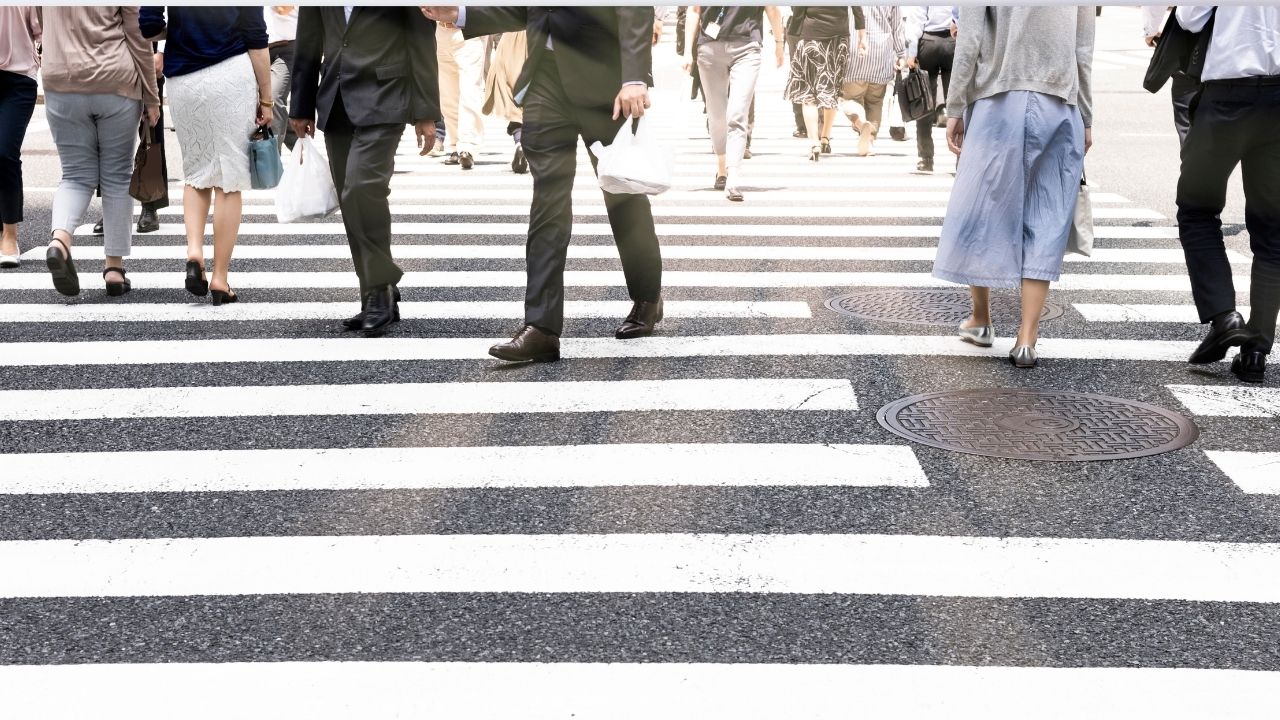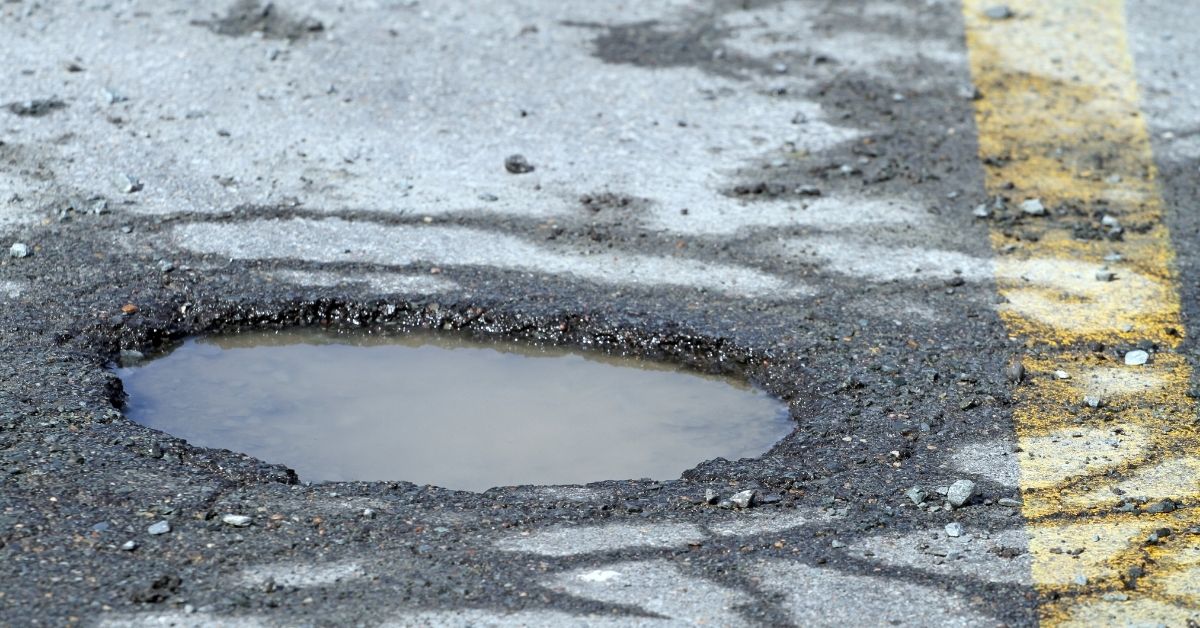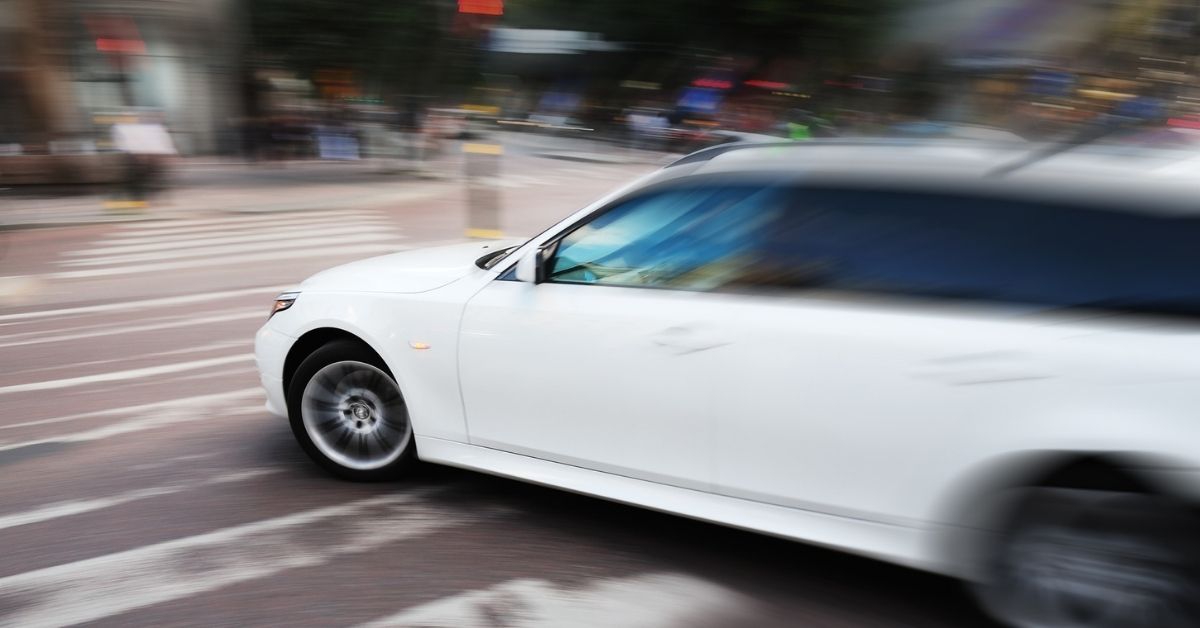Top 5 Causes of Pedestrian Accidents

In 2020, an average of 18 pedestrians a day were victims of a fatal automobile accident. The Governors Highway Safety Association (GHSA) suggests that pedestrian fatalities continue to rise and urges local governments to treat this as a public health crisis. However, until broader changes affecting road design and traffic can be changed, pedestrians are left to deal with this crisis themselves. Below are the top five causes of pedestrian accidents.
Distracted Drivers
Pedestrian accidents are most likely to happen when drivers are distracted. Distracted driving has been one of the most common causes of pedestrian accidents for decades. Common distractions include eating while driving, passengers in the vehicle, surrounding traffic and billboards. These distractions have increased with use of cell phones and in-vehicle technology (like GPS navigation systems).
Most notably, drivers who are looking to make unprotected left turns may be so focused on finding an open space in oncoming traffic that they miss a pedestrian or bicyclist. Many times, distracted drivers fail to yield to pedestrians at crosswalks – which is the fault of the driver. In most places, pedestrians have the right of way at marked and unmarked crosswalks. Despite the increased number of distractions, drivers still have a duty of care when it comes to driving. So if there are a lot of distractions on the block where you are driving, consider slowing down to a safer speed that would allow you to stop if a pedestrian unexpectedly entered the road.
Impaired Drivers & Pedestrians
All drivers are required to adhere to a “duty of care” and drive as a reasonable person would according to the circumstances. By driving under the influence, a person violates this duty of care and puts themselves and others at risk. According to the IIHS-Highway Loss Data Institute, intoxicated drivers are the cause of 13% of all pedestrian accidents. When motorists drive intoxicated (even if they are not drunk), they experience an increased lack of judgement. Additionally, a reduced ability to detect moving objects.
However, a significant percentage of all pedestrians who are killed in traffic-related accidents are intoxicated. Pedestrians have a duty to protect themselves – and an individual’s capacity to uphold their duty is severely compromised when that person is intoxicated or under the influence. Calling a taxi or a rideshare service isn’t just to avoid driving home drunk. It may be safer for pedestrians to utilize these services as well and avoid potentially making more decisions on the road that end in a loss of life.
Poor Decision Making
According to the GHSA, most pedestrians are killed on local roads when it is dark and away from intersections. This suggests that individuals who are jaywalking at night are a factor in pedestrian accidents. Particularly at portions of the road that are poorly lit or not lit at all. The low visibility is increased with pedestrians who wear dark clothing.
Pedestrians who regularly walk at night should strongly consider crossing the street only at well-lit intersections. Additionally, if possible, wear clothing that is bright and reflective. Reflective armbands can be purchased for only a few dollars – but they may save a life.
Pedestrians are certainly not the only people making poor decisions on the road. Drivers who speed too fast for road conditions are also making poor decisions. Speeding is the single most common contributing factor to motor vehicle accidents. Motorists must slow down to at least below the speed limit. Especially if they are driving where pedestrians are common.
Bad Weather
Poor weather and road conditions can play a significant role in pedestrian accidents. Changes in the weather (like rain, ice, or fog) can dramatically impact visibility. The sooner motorists can see a pedestrian, the more time they have to react and take appropriate precautions to avoid an accident.
Similarly, the weather will influence road conditions. When the roads are wet or icy, required stopping distances increase dramatically. Even if visibility is perfectly clear, if a vehicle does not begin to slow down well in advance of an intersection, they may be unable to stop entirely – endangering themselves, pedestrians and bicyclists, and other drivers.
Reckless or Careless Driving
You don’t have to be drunk or under the influence to simply be reckless or careless when driving. A reckless or careless driver may be free from distractions – but if they decide to blow a red light, fail to use a turn signal, or forget to check both ways at an intersection before making a turn, their failure to uphold their duty of care can result in a fatal accident. Careless driving can also include failure to check mirrors or exiting onto a sidewalk too quickly (like one might if they were exiting a public garage, shopping center, alley, or driveway).
A reckless or careless driver may also include someone who is speeding in a residential area even if speed limit signs are not posted. It is the responsibility of the driver to be aware of typical speed limits. Flying down the road at 50 MPH in a residential neighborhood is not the typical speed limit. When a pedestrian entered the road in a location where there was no marked or unmarked crosswalk, the driver has failed to uphold their duty of care by breaking the speed limit. In this case, it is less likely for an accident to have occurred because the driver would have had adequate time to spot had they been following the speed limit.


